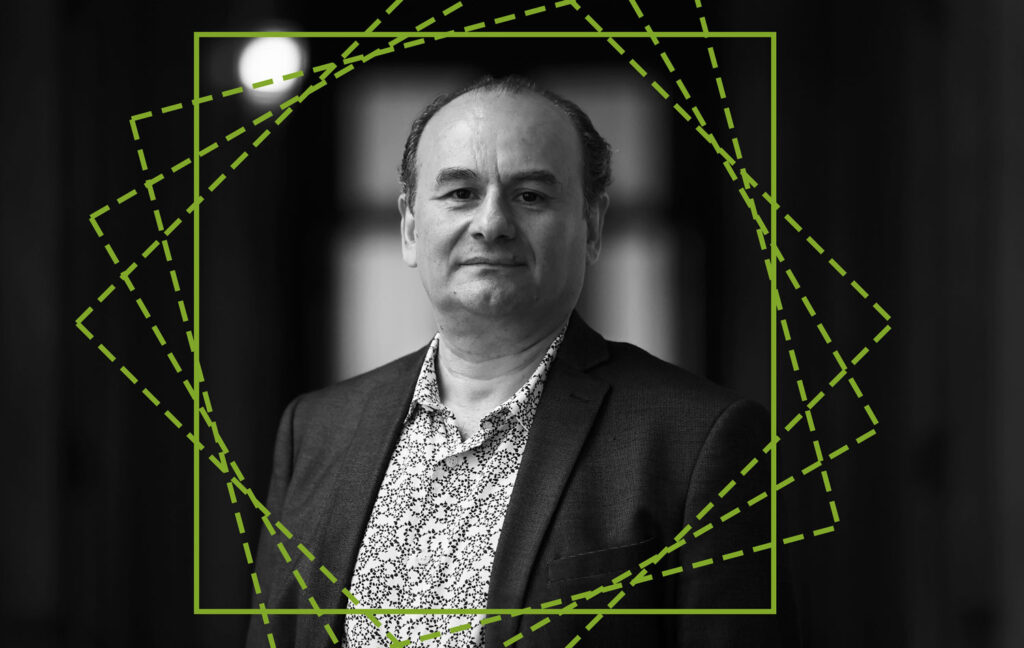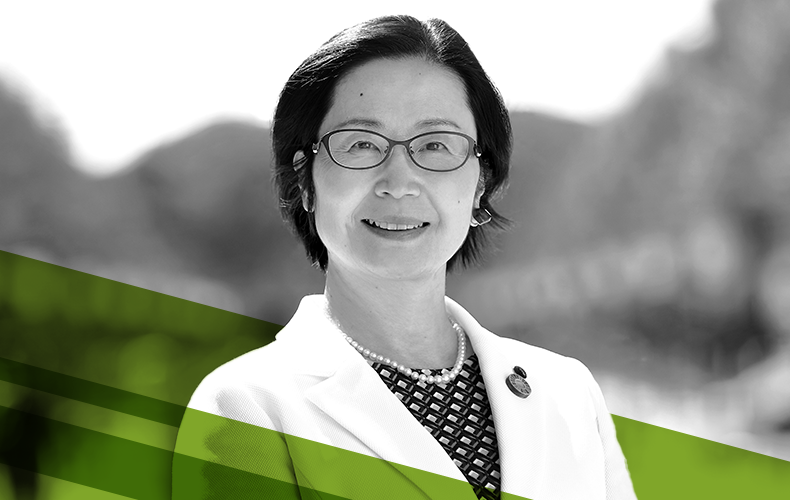6 August 2024 – Studying how human brains age has particular challenges for researchers like EMBO Associate Member Christian González-Billault. For a start, experimenting on a living brain is clearly out of the question, but what happens in a mouse model might not be the same as in a human brain.
“Also, the experiments that we can do in humans using brain image analysis or brain metabolism do not provide resolution enough to understand what’s going on in single synapses or even at the molecular level,” he says.
Novel techniques
González-Billault and colleagues are using novel techniques to overcome the challenges: “We have to obtain human neurons produced from other sources. We’re using skin cells collected from humans by a simple biopsy procedure and we convert them into neurons.”
Converting the cells into specific neuron cell types could serve as a proxy that allow an understanding of activity within the brain of an individual. The technique also preserves the age of the sample, so a skin sample from a person of 25 or 77 will produce neurons of 25 or 77 respectively.
“In that way we’re trying to understand what are the consequences of aging and we’re talking only about aging. We’re not talking about Alzheimer or Parkinson or whatever other brain disease,” González-Billault says, although noting his team might be able to extrapolate from some in vivo findings. “We will probably be able to define therapeutical strategies to be tested in subjects to preserve brain function as we get old,” he says.
A career-long obsession
González-Billault has been intrigued by brain function since his undergraduate days and is reconciled with the fact the subject is so complex it will not be complete in his lifetime.
“Understanding how the brain works is sort of the ultimate frontiers in science. It’s one of the most fascinating biological and scientific problems,” he says. “It’s a totally fundamental question because we need to know how the brain works if we really want to cure when the brain is not working.”
Genetics or environment?
“The connectivity between regions of the brain, how cells are positioned during development, and how cells are connected and disconnected is a kind of stable wiring which is the same for everyone,” he says. “But there is a very dynamic component that is experience and environmentally dependent. This explains why people in Germany and people in Chile are not exactly the same. The way they process environmental stimuli is encoded in part on the genes and also encoded on a non-genetic programme that is very robust and might be unique to each person.”
International connections
In a leadership position from 2023 at the University of Chile as Vice-Rector of Research and Development, González-Billault is proud of his nation’s achievements in the life sciences despite the relative size of the community. “We do pretty cool stuff,” he says. “Part of the success of the Chilean research system is undoubtedly tied with the fact that we always establish international connections because we need to do that.”
He believes Chile’s cooperation agreement with EMBO is an essential component of Chile’s wider network of scientific collaborations such as the European Southern Observatory in astronomy and astrophysics, and the new agreement with CERN for high energy physics.
“This is very good for the whole community: not only for research. This is particularly good for students,” he says. “We need money to keep our community, our small but vibrant community, internationally connected. The alliance of the Chilean government with EMBO is very instrumental because it provides a framework that is dedicated to life sciences.”



